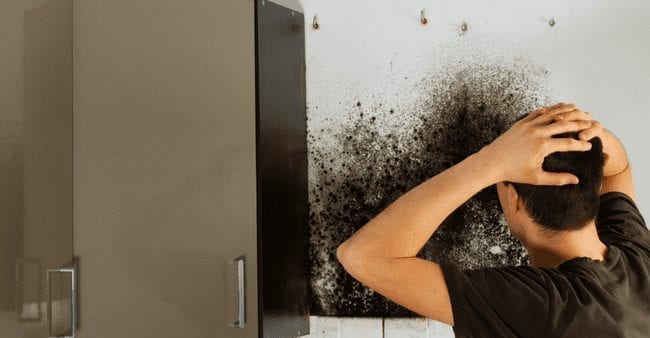Just how to Inspect If Your Home Has a Hidden Leakage
Just how to Inspect If Your Home Has a Hidden Leakage
Blog Article
Everyone maintains his or her own piece of advice with regards to Locating water leaks.

Early detection of leaking water lines can reduce a potential disaster. Some tiny water leakages might not be noticeable.
1. Examine the Water Meter
Every residence has a water meter. Checking it is a proven way that assists you discover leakages. For beginners, turn off all the water resources. Ensure nobody will certainly flush, utilize the tap, shower, run the washing equipment or dishwashing machine. From there, most likely to the meter and also watch if it will alter. Considering that no person is using it, there ought to be no motions. That indicates a fast-moving leak if it moves. If you discover no modifications, wait an hour or two as well as check back again. This implies you may have a slow leakage that can also be below ground.
2. Examine Water Intake
If you detect sudden modifications, regardless of your consumption being the exact same, it suggests that you have leakages in your plumbing system. A sudden spike in your expense suggests a fast-moving leakage.
A consistent rise every month, even with the exact same practices, reveals you have a slow-moving leakage that's additionally gradually rising. Call a plumber to extensively examine your residential or commercial property, especially if you feel a cozy location on your flooring with piping below.
3. Do a Food Coloring Examination
When it comes to water consumption, 30% comes from bathrooms. If the shade somehow infiltrates your dish during that time without flushing, there's a leak in between the container and bowl.
4. Asses Outside Lines
Don't forget to examine your outside water lines too. Needs to water leak out of the link, you have a loosened rubber gasket. One tiny leakage can squander tons of water and also spike your water costs.
5. Assess the situation and also inspect
Home owners ought to make it a practice to inspect under the sink counters and also also inside cabinets for any type of bad odor or mold and mildew development. These 2 warnings suggest a leak so timely interest is needed. Doing routine assessments, even bi-annually, can save you from a major issue.
More notably, if you know your residence is already old, keep a watchful eye on your heaters, hoses, pipelines and so on. Check for stainings and also deteriorating as a lot of home appliances and pipelines have a life expectancy. They will additionally normally deteriorate as a result of deterioration. Don't wait for it to intensify if you believe leaking water lines in your plumbing system. Call a professional plumber right away so you don't end up with a dreadful mess in your house.
Early discovery of dripping water lines can reduce a possible disaster. Some tiny water leakages may not be noticeable. Inspecting it is a surefire means that aids you uncover leaks. One tiny leakage can squander loads of water and also increase your water bill.
If you believe dripping water lines in your plumbing system, don't wait for it to rise.
WARNING SIGNS OF WATER LEAKAGE BEHIND THE WALL
PERSISTENT MUSTY ODORS
As water slowly drips from a leaky pipe inside the wall, flooring and sheetrock stay damp and develop an odor similar to wet cardboard. It generates a musty smell that can help you find hidden leaks.
MOLD IN UNUSUAL AREAS
Mold usually grows in wet areas like kitchens, baths and laundry rooms. If you spot the stuff on walls or baseboards in other rooms of the house, it’s a good indicator of undetected water leaks.
STAINS THAT GROW
When mold thrives around a leaky pipe, it sometimes takes hold on the inside surface of the affected wall. A growing stain on otherwise clean sheetrock is often your sign of a hidden plumbing problem.
PEELING OR BUBBLING WALLPAPER / PAINT
This clue is easy to miss in rooms that don’t get much use. When you see wallpaper separating along seams or paint bubbling or flaking off the wall, blame sheetrock that stays wet because of an undetected leak.
BUCKLED CEILINGS AND STAINED FLOORS
If ceilings or floors in bathrooms, kitchens or laundry areas develop structural problems, don’t rule out constant damp inside the walls. Wet sheetrock can affect adjacent framing, flooring and ceilings.
https://www.servicemasterbyzaba.com/blog/how-to-detect-water-leakage-in-walls/

As a fervent person who reads on Locating water leaks, I was thinking sharing that editorial was worthwhile. Make sure you take the opportunity to share this post if you enjoyed it. We truly appreciate reading our article about Detecting hidden plumbing leaks.
Report this page